If you use the Internet, chances are you have Facebook account. In fact, Facebook posted in July 2016 that there are now over 1.71 billion users on Facebook.
But most of us know that not all Facebook profiles are real. Many of them are fake.
In fact, Facebook’s revealed that somewhere between 5.5 and 11.2% of user accounts are fake. When you do the math, that’s over 94 to 192 million accounts!
Why Would Someone Create a Fake Facebook Account?
Facebook is the biggest social network in the world, and people use it to communicate with their friends. Unfortunately, a significant fraction of these people take advantage of this, for many reasons (all of which are immoral). Many of them are scammers.
Ultimately, these online criminals looking to steal your identity, get more information about you, and even destroy your reputation.
How to Stay Away from the ‘Fake Factor’ on Facebook
So how can you tell the difference between a Facebook profile and a real one? How do you guard against online predators, spam bots, and internet trolls?
Simply follow these steps:
1. Don’t Confirm ‘Friend Requests’ from People You Don’t Know
It’s important to remember not to talk to strangers online, even if you have mutual friends.
Many of them do this by uploading a fake profile picture of themselves – usually an attractive person with a model-like figure – and filling out their Facebook bios with things that look normal; these are called ‘catfish.’
Unless you know them personally and want to stay connected with them, it’s always best to think twice before you accept them into your ‘social life’.
(Quick tip: If you think you know them, you can always inbox message them before you confirm their friend request. Be specific with your questions: “How do I know you?” “Where/When did we meet?” Delete their request if you don’t remember and/or think they’re lying.)
2. Analyze Their Facebook Profile Carefully
If you receive a Facebook friend request from someone you don’t know, find out if what they claim on their profile makes sense.
For example, maybe there is a photo of a young person on Facebook who claims to be a professor or a CEO. How many children do you know who can say that? Follow your online sense and trust your judgment.
Something else to consider is their Facebook history. Ask yourself, “Is this person active on Facebook? If so, what does he/she post?” The person just created their account last month, chances are it’s a fake Facebook account.
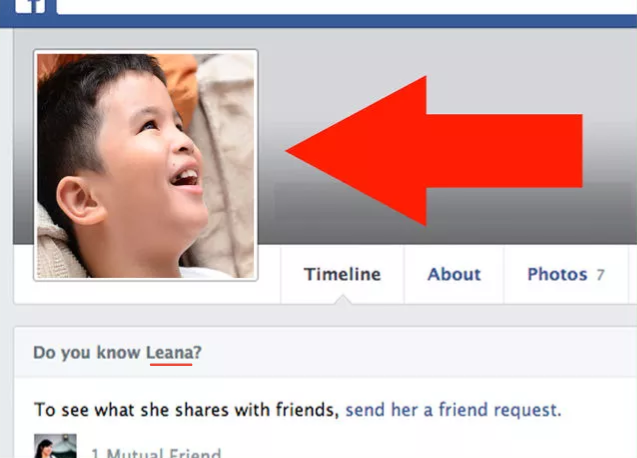
Check the name, too. Seriously, you will notice some fake Facebook accounts very easily.
3. Google Their Facebook Profile Pic
Did you know that you can use Google to identify fake Facebook accounts?!
It’s really simple:
Just go to images.google.com (or shift over to the Images tab on Google), and click the camera icon.
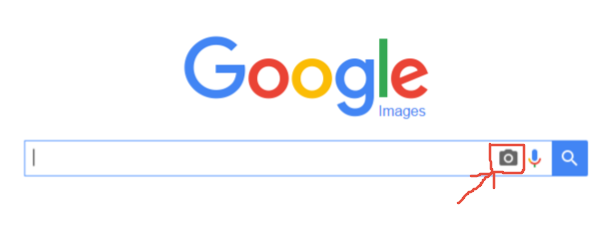
This will pop open this screen.
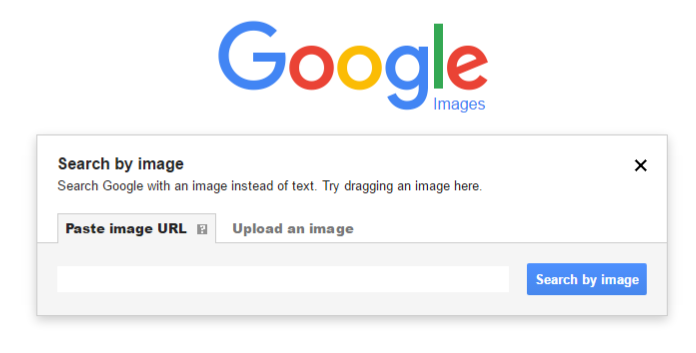
Now, go back to the skeptical profile that you think might be a fake Facebook account.
Do one of the following:
1) Right-click on the Facebook profile picture, and select ‘Copy Image Address,’ and paste the image URL.
2) Right-click on the Facebook profile picture, download the photo by clicking ‘Save Image As…’ move over to the ‘Upload an Image’ tab on Google and upload the file you downloaded.
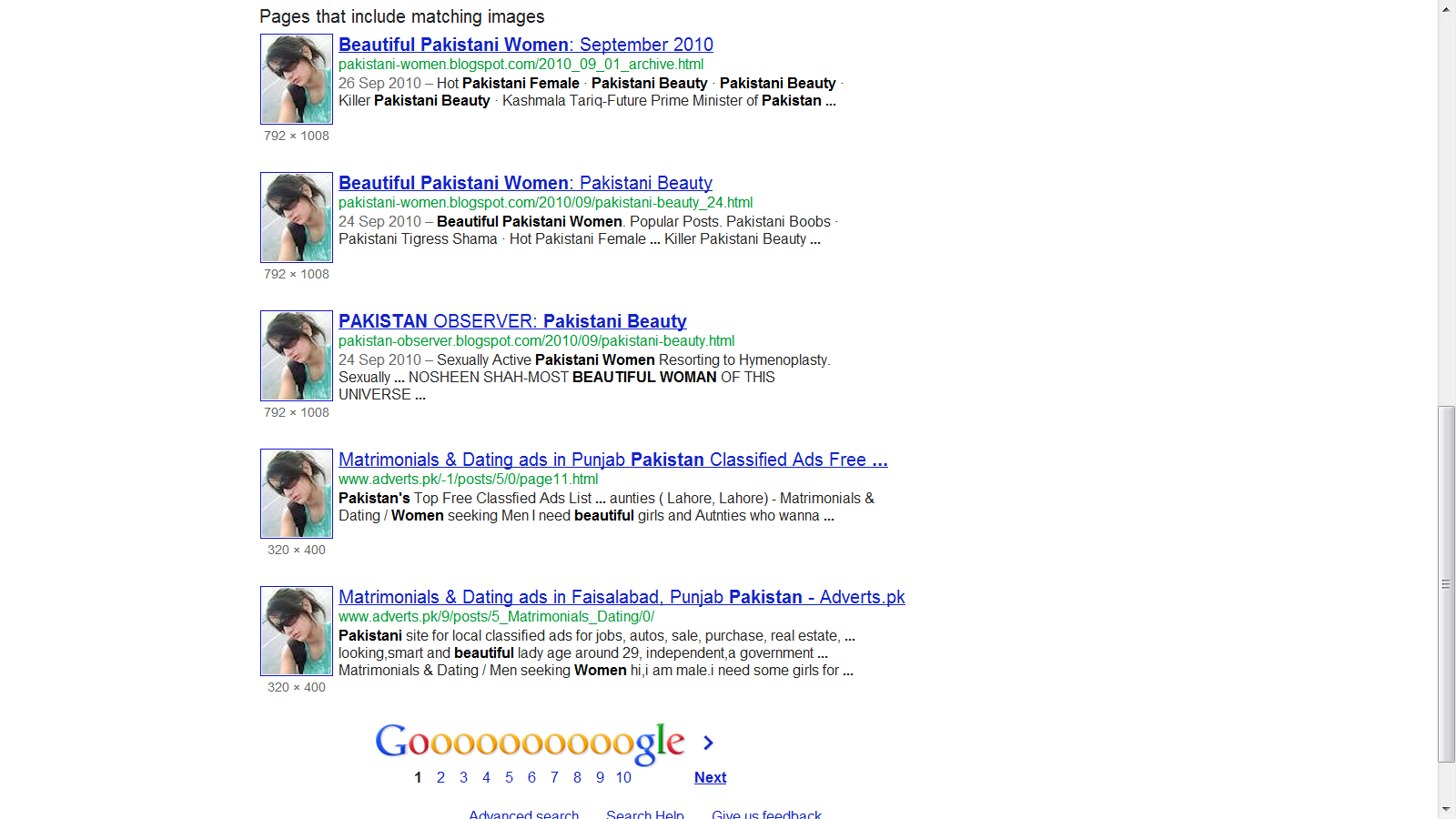
This Google link contains a video that explains everything above:
(Side Note: Try it on your own social media profile pictures to see if anyone else is using your photos.)
4. Search for Their Facebook Name Online and See What Returns
Speaking of Google, it’s a good idea to do a quick search on the name that appears on their Facebook account.
Many people don’t use their real name on their Facebook account, including people who don’t use fake accounts. However, it might be useful to check out their name to see if they have other social media profiles. If the information attached to other social media profiles matches, chances are it’s not a fake profile (and therefore, safe to add them).
(Side Note: This might not work as well for you if the name is common, but for a more unusual Facebook name, you might get something interesting in the search results.)
5. Create a ‘Probationary Period’ of Accepting Friend Requests
Are you one of those people who has a habit of accepting requests from friends of friends of friends? (Yes, there are some people who do that.)
While it is nice to expand your social networks, it might be a good idea to take a break from adding people. The more people you add, the more ‘at-risk’ you are of receiving and accepting a friend request from a fake Facebook account.
If you hardly know a person, don’t rush to add them. The moment you press that ‘Confirm’ button, that person has access to all the information your other friends have.
Conclusion (and a Story of a Fake Facebook User)
At one point in time, it was reasonable to think that if someone had a group of friends interacting with them, liking and commenting on their posts, and vouching for each other, that that person must be real.
We are all beginning to realize that this isn’t the case anymore.
Take the case of Natalia Burgess, for example. She wove a web of deceit and caused many young males to fall for her various aliases – all because she felt inadequately loved. Sadly, impostors of this sort go through incredible lengths to create many fake Facebook accounts to give the impression that their fake personas are real.
So, the moral of the story is… if you don’t know the person well, it’s probably best to ignore/delete their Facebook friend request. It’s always better to be safe than sorry.
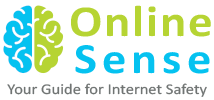

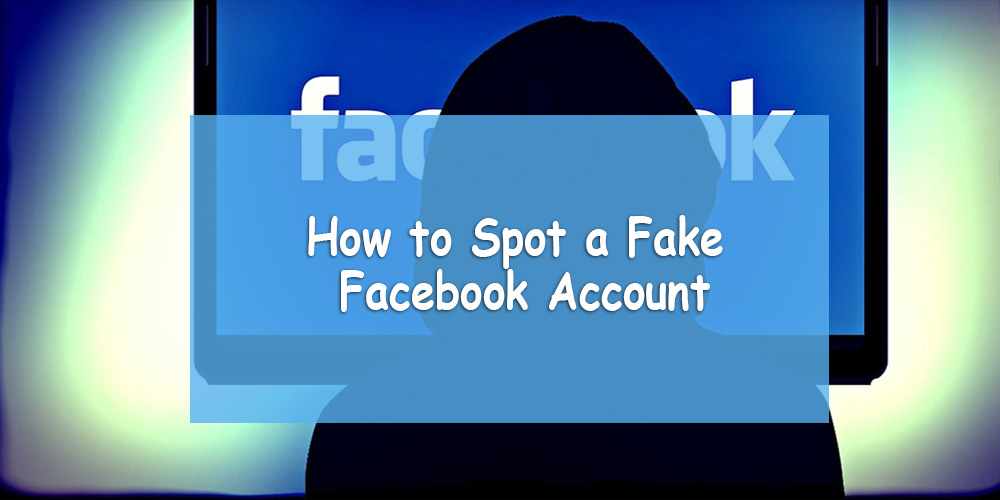
i have a problem about the dummy account…. that case is cyber crime bullying